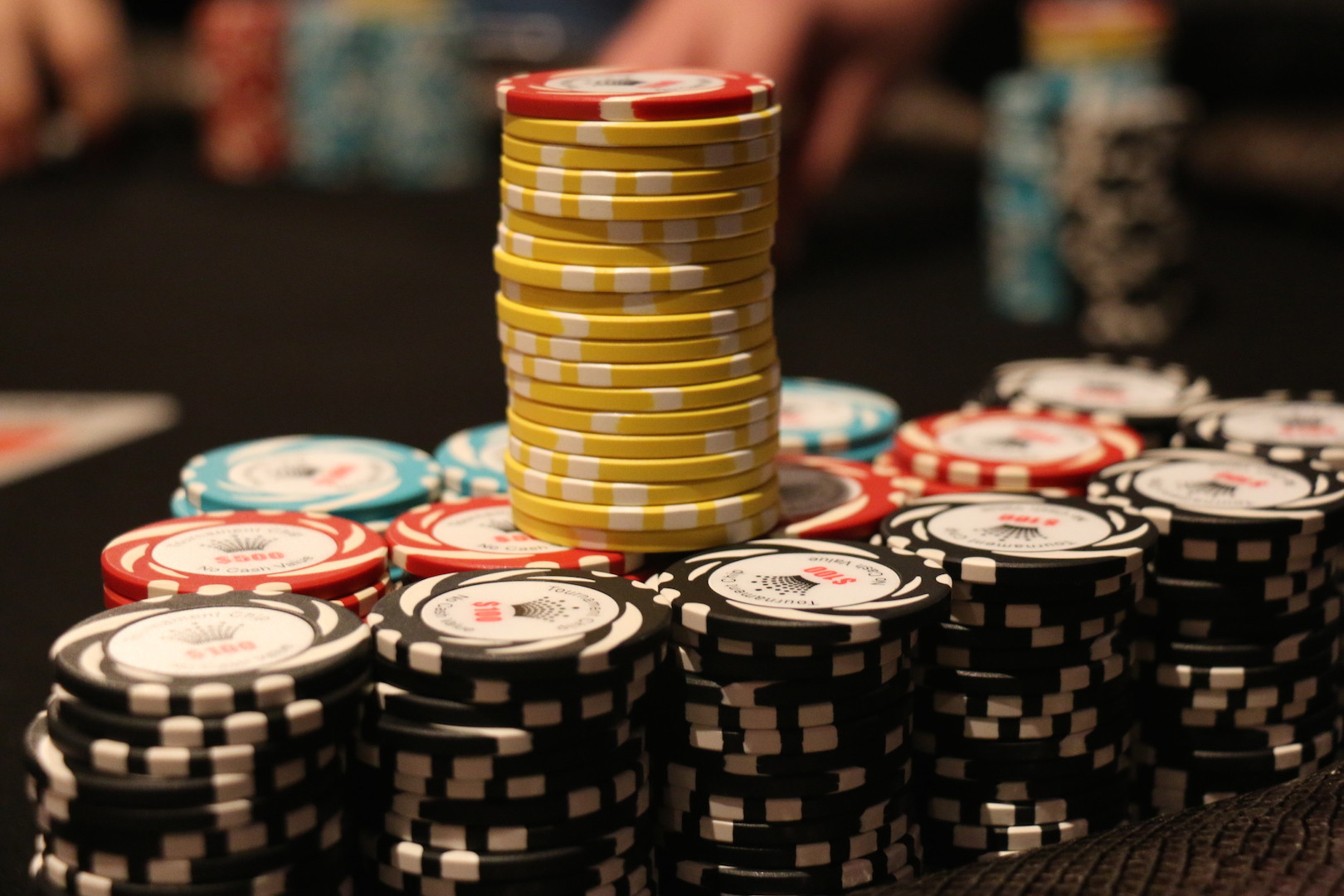In the realm of poker, Sit and Go (SNG) tournaments are a convenient option for those who seek the thrill of tournament poker but don't have the time to commit to multi-day events. One of the most critical phases in a SNG is the bubble period, a stage filled with tension, strategy, and, most importantly, opportunity. This article aims to give you a comprehensive understanding of how to navigate the bubble stage in Sit and Go tournaments.
What is the Bubble Stage?
The bubble stage occurs right before players reach the money places in a SNG. If a tournament pays the top three finishers, the bubble would be when four players are left. In short, it’s the stage where the next player eliminated walks away with nothing, while everyone else secures at least a minimum cash.
Why is Bubble Play Important?
Strategically, the bubble phase is a crucial junction in the tournament where player dynamics shift dramatically. The way you play here can significantly impact your chances of either surviving to cash or positioning yourself for a tournament win. Many players tighten up dramatically, afraid to bust out without earning money. This adjustment creates a ripe situation for those willing to leverage this timid play.
The Basic Principles
Stack Size Matters: Understanding stack sizes, including your own and those of your opponents, is vital during the bubble. Short stacks are at risk of being blinded out, while big stacks can exert pressure.
Player Behavior: Many players will alter their strategies dramatically, either becoming very tight to ensure they cash or very aggressive to take advantage of others' tightness.
Payout Structure: Understanding the exact payouts is important to make informed decisions. Some tournaments have a steep payout structure, meaning a significant jump from 3rd to 1st place. Others may be flatter, lessening the difference between the payouts.
Short Stack Strategy
If you find yourself as the short stack during the bubble, your primary objective is survival. It’s crucial to pick your spots carefully:
Shove or Fold: With a short stack, the middle-ground disappears; it's often either a shove or a fold.
Target Bigger Stacks: While it seems counterintuitive, bigger stacks are often more likely to fold to your shoves since they don't want to jeopardize their tournament life and are generally more invested in preserving their stacks.
Steal Blinds: If the opportunity presents itself, aim to steal blinds to keep your stack alive. However, only do this when you're reasonably certain your opponents will fold.
Big Stack Strategy
If you're fortunate enough to be a big stack on the bubble, you can capitalize on this position in several ways:
Pressure, Pressure, Pressure: Utilize your stack to put pressure on smaller stacks. They’re less likely to call without premium hands.
Be Selective Against Other Big Stacks: Engaging in big pots with other big stacks could be disastrous. Be more selective when up against players who can cripple you.
Target the Medium Stacks: These are usually the players most afraid to get involved and risk their tournament life. Exploit this fear whenever possible.
Medium Stack Strategy
As a medium stack, you're in a tricky spot. You don't have the flexibility to pressure others, nor can you afford to fold indefinitely.
Avoid Big Stacks: It’s typically a good idea to avoid getting into significant confrontations with big stacks who can eliminate you.
Attack Short Stacks: If a short stack is going for a blind steal, don't be afraid to re-steal if you have a reasonable hand.
Positional Awareness: Being in a late position allows you to see how many players are in the pot and whether the big stacks are involved, helping you make more informed decisions.
Adjusting Your Range
It’s important to adjust your hand range during the bubble. If you're a big stack, you can afford to be looser, exploiting the tightness of your opponents. As a short or medium stack, however, you should generally stick to strong starting hands unless you have a specific reason to deviate.
Meta-Game Considerations
Understanding the nuances of how others perceive your table image can give you an additional edge. If you’ve been playing very tight, a well-timed bluff could be incredibly effective. If you’ve been very loose, players are more likely to give you credit for a strong hand.
Understanding ICM (Independent Chip Model)
In SNGs, understanding ICM is crucial, especially during the bubble stage. This model helps you understand the real monetary value of your chip stack and can be a deciding factor when contemplating tough decisions. Utilize this tool to assess whether a particular play is profitable in the long run.
Emotional Control
The bubble stage can be very stressful. Emotionally, it's easy to get overwhelmed, either by the pressure of cashing or the excitement of leveraging a big stack. Keeping your emotions in check can be a decisive factor in navigating the bubble successfully.
Conclusion
Mastering the bubble stage in Sit and Go tournaments is an invaluable skill that requires a blend of tactics, awareness, and emotional control. Your strategy should be fluid, adapting to stack sizes, player behavior, and your table image. Remember, your ultimate goal is not just to sneak into the money but to put yourself in a position to take down the entire tournament.
By grasping the dynamics of bubble play, you can turn one of the most nerve-wracking stages of a SNG into an opportunity for profit and excitement. Whether you’re a casual player or an aspiring pro, understanding how to navigate the bubble will significantly impact your overall success in Sit and Go tournaments.






